I compared a $5,000 e-bike with a $1,100 one, and saw why it's worth spending more on a premium bike if you can afford it

I rode a $5,000 e-bike and a $1,100 model and compared the two.
The cheaper Rad Power Bikes RadMission 1 is a great bike for the money.
But the Serial 1 Rush/Cty Speed has better parts and a smoother ride, making it well worth its $5,000 price tag.
Before I took the $5,000 Serial 1 Rush/Cty Speed from Harley-Davidson for a spin, I figured that high-end e-bikes - like most upmarket products - were all flash and no substance.
Boy was I wrong.
No doubt, a more budget-friendly e-bike like the $1,099 RadMission 1 from Rad Power Bikes gets the job done, and then some. The RadMission gets you to all the same places as a pricier bike in just about the same amount of time and looks decent doing it. It even has thoughtful features like built-in lights and a bell.
But shelling out the extra $3,900 for the Rush/Cty Speed - coming this summer - can pay off for those who can afford it.
What you get
The RadMission comes with everything you need and nothing you don't: A hub motor, disc brakes, a decent-sized battery, ergonomic grips, confidence-inspiring knobby tires, and plenty of mounting points for Rad Power Bikes' accessories like racks and fenders.
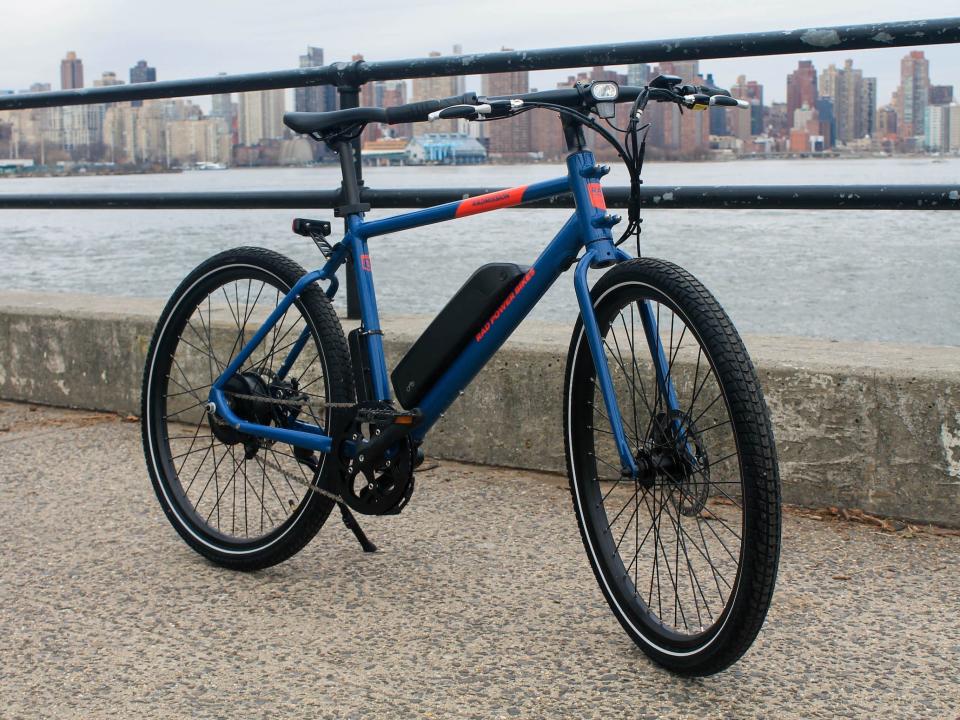
But Serial 1 equipped its top-of-the-line model with tons of high-end, well-thought-out components you just can't get on a budget bike. The philosophy behind many of the company's design choices was to make the bike as maintenance-free as possible.
For example, the Rush/Cty Speed makes use of a belt drive rather than a conventional chain, delivering a quieter ride and eliminating the need to clean, lubricate, or replace a chain. The bike gets its stopping power from hydraulic disc brakes, which means no potential for cables that slack over time and need adjustment.
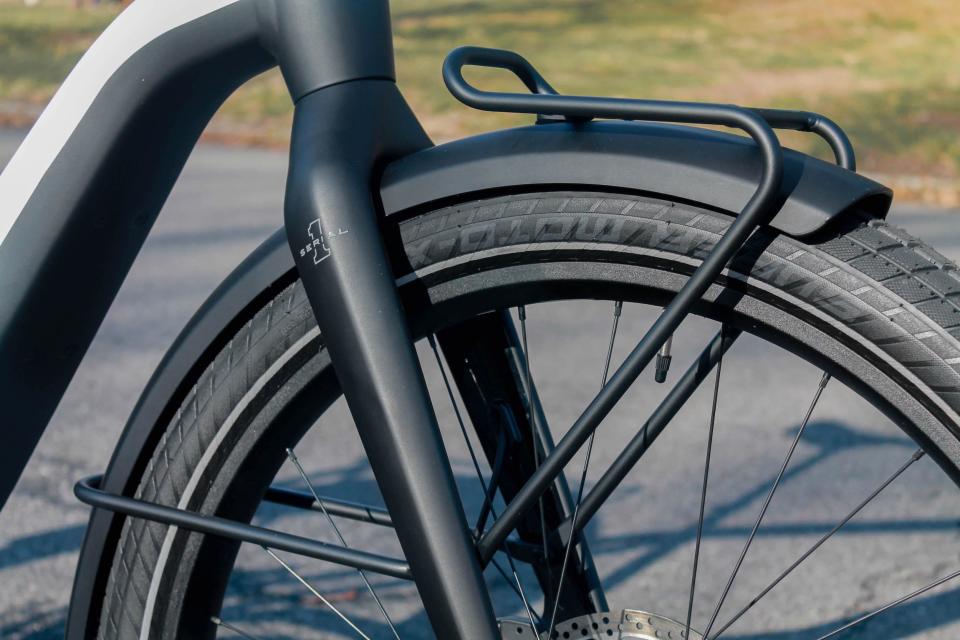
Other nice touches include built-in racks, a be-seen light built into the front badge, a bright headlight mounted to the handlebars, and brake lights embedded into the back of the frame. There's also a lockable storage cubby that's designed to fit a folding bike lock.
Looks
Looks are subjective of course, but I think the Rush/Cty has the edge here.
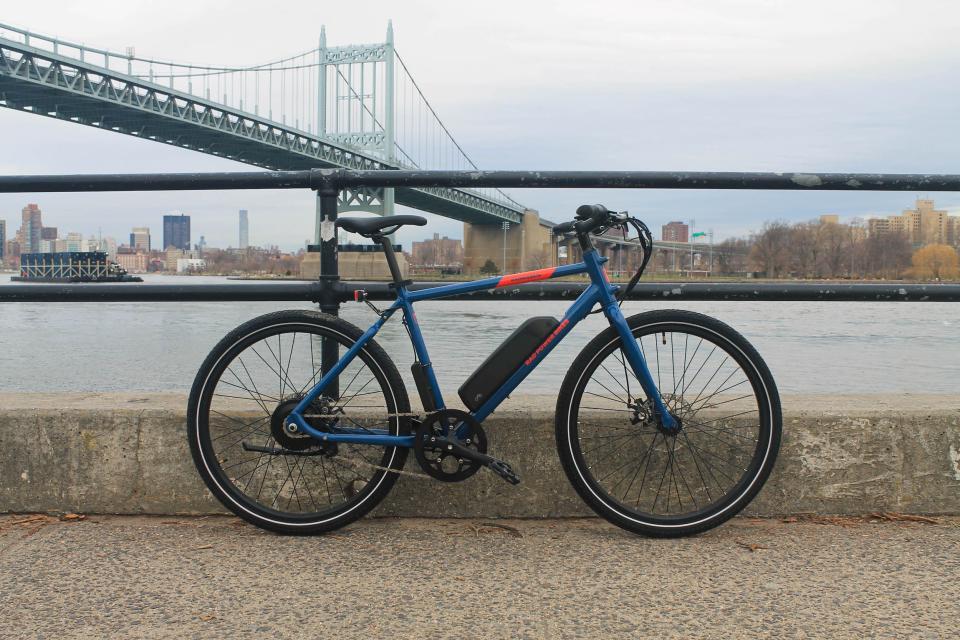
Instead of a bulky battery pack mounted to the downtube, Serial 1 models get their power from a battery that slots into the frame between the pedals. That battery pack - which uses the same technology as Harley's LiveWire electric motorcycle - is removable, so riders can charge up without lugging the whole bike inside.

Whereas the RadMission has a somewhat unsightly nest of cables up front running to the brakes, battery, and controller box, on the Serial 1, there's barely a cable in sight. That's because Serial 1 routed the bike's brake cables and other wiring internally through the frame. That's not all that functional, but it contributes to the Rush/Cty's sleek look.
The ride
Both the RadMission 1 and the Rush/Cty Speed have four levels of pedaling assistance, but that's where the similarities end when it comes to how these bikes ride.
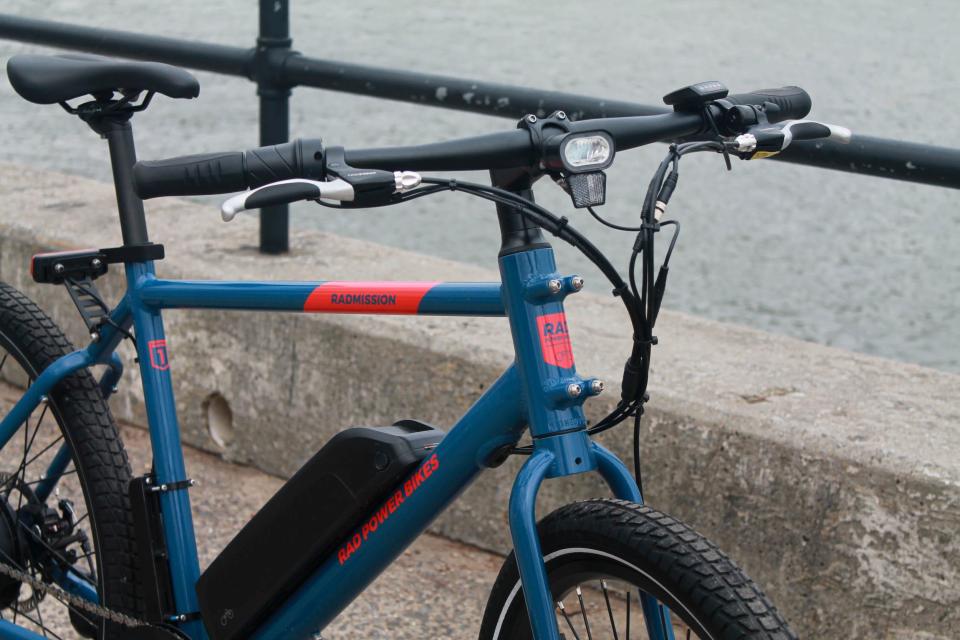
The RadMission 1 has a basic setup of a hub motor powering the rear wheel and a sensor that switches the power on when the rider starts pedaling. That's similar to what's found on most low-end electric bikes, and it certainly gets you where you need to go.
The Rush/Cty Speed benefits from a much more advanced drivetrain that combines a torque-sensing mid-drive motor with an automatic Enviolo Nuvinci transmission. In plain English, that means the motor registers the effort a rider puts in and helps out accordingly; the harder you pedal, the more assistance you get.

That's happening while the continuously variable transmission constantly - almost imperceptibly - reacts to keep you in the right gear.
The combination of those two systems means all you have to do is select a pedal-assist level, and the Rush/Cty smoothly takes care of the rest.
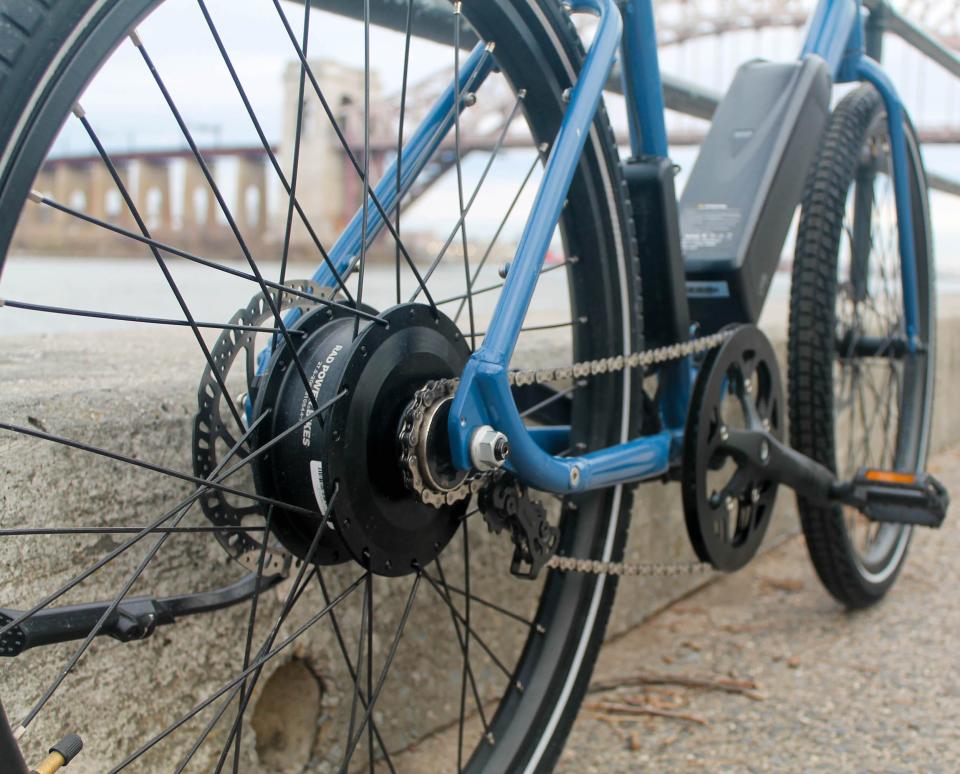
Speed isn't purely a factor of cost, but it's worth mentioning that the RadMission's claimed 20-mph top speed left me wanting at times. The Rush/Cty Speed tops out at 28 mph, making it easier to keep up with traffic and catch green lights.
Not to mention, the Rush/Cty's mid-drive motor and battery placement give it a low center of gravity, making it feel remarkably balanced and planted, even at high speeds.
Final thoughts
There's no question - for most people, $5,000 is a lot to spend on a bike.
But e-bikes have the potential - even more so than regular bikes - to replace car trips altogether for many people in many places. And when you consider that the price of the average new car sold in the US has ballooned to nearly $40,000 - and that a solid used car can run you well over $10,000 - spending a few thousand dollars on a highly capable e-bike starts to sound a lot more reasonable.

Plus, legislation may be on the way that would slash the price of e-bikes through a tax credit like the one that currently exists for buyers of electric vehicles.
In the meantime, if you can't shell out for the Rush/Cty Speed, Serial 1 has a handful of lower-priced options with many of the same features. And regardless of how it stacks up to Rush/Cty Speed, the RadMission 1 remains one of the best affordable e-bikes on the market.
Read the original article on Business Insider

